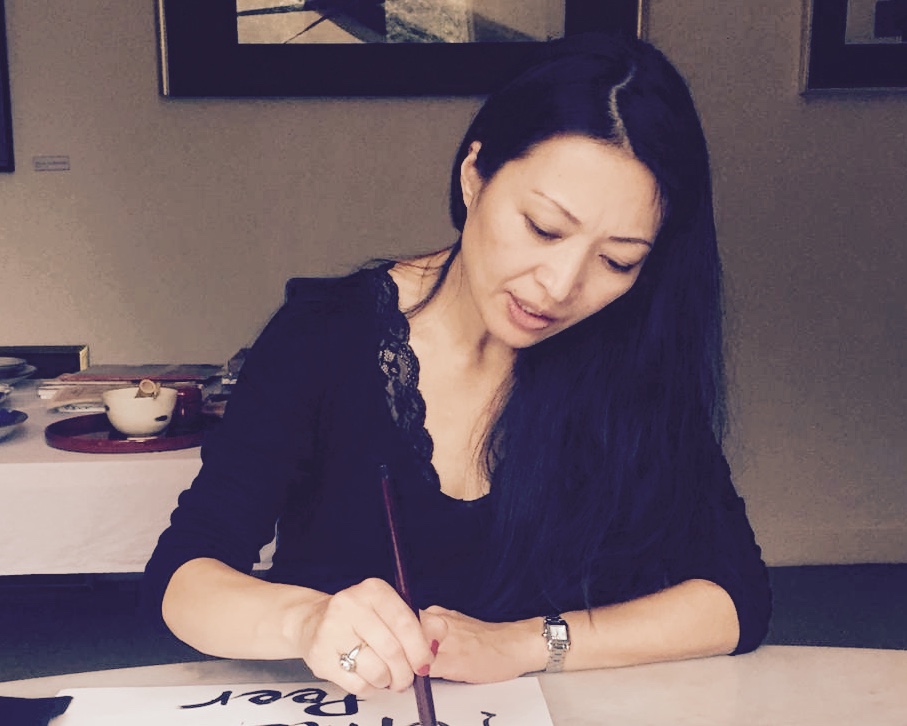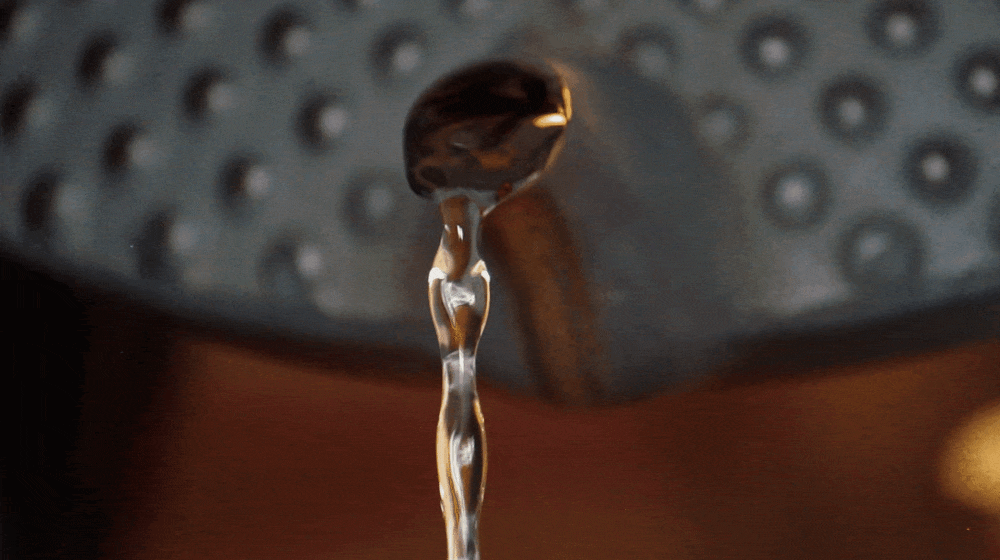The Mesmerising Art of Japanese Calligraphy
Japanese calligraphy is an essential part of the country’s culture. Children in Japan learn calligraphy in school, and apply it on numerous occasions in everyday life. In the beginning, Japanese calligraphy styles were mostly adopted from China. However, over time calligraphy masters developed their own unique style of beautiful writing, which is used in Japan to this day. Unlike its Chinese counterpart, Japanese calligraphy places the biggest emphasis on the order of strokes that compose the characters.

History of Japanese Calligraphy Styles
The first style, commonly used between the 2nd and the 10th century, originated from China. It is known as seal script or tensho. Extravagant and complex, today seal script is usually used for book titles. Seal script was replaced with a clerical script also known as reisho, a very striking style that also originated from China. It is marked with very exaggerated strokes on the beginning and the end of the characters. Because of its extravagance, the script is mostly used for signs, large text, plaques etc…
Check our upcoming events selected for you:
Apart from seal and clerical script, in today’s Japan, there are three prevalent styles.
Most people first learn the block style also known as kaisho, because it’s the easiest to write. The style puts correctness above all, as the characters follow a rigid order and composition with emphasis on proportions. After learning this style the pupils move on to the semi-cursive gyosho style, which is less formal and allows for more freedom. Also known as the moving style, the gyasho technique features less rigid angular characters that focus on fluidity and motion. The style that doesn’t let the brush leave the paper and where every stroke is the continuation of the past stroke, is the most commonly used in Japan today.
Finally, when these two styles are mastered, the pupil can move on to the cursive style of writing. The cursive style also known as sosho, is particularly handy for taking notes. It can be easily recognised as it contains numerous strokes that end with a sweep to the upper right. The characters flow into each other and create scripts meant to mimic the wind blowing through the grass. The cursive style is used in abstract artworks particularly in Zen art, that focuses on the energy that an art piece is meant to transmit.

Choosing the Right Tools
In order to produce writings of great beauty and high quality, calligraphers in Japan have to equip themselves with proper tools. There are 4 essential tools for writing called the jewels. First, you are going to need some ink. Calligraphy ink in Japan is called sumi. In the beginning, calligraphy ink was made from graphite-like materials. Today they are made from pine. Pine soot ink is manufactured by burning pine wood. Apart from the pine soot ink, which is more used in daily writing, there is also oil soot ink that is considered more luxurious.
After you get your ink you are going to need to apply that ink on paper with a brush. Calligraphers use two types of brushes: the hosofude, (a slender brush that produces thinner lines), and the futofudde (a thicker brush). Both brushes are usually made of animal hair taken from horses, badgers, squirrels etc. attached to a bamboo brush. The brush used for writing is called fude. To manufacture ink, an artisan must use the 4th tool – inkstone or suzuri. Inkstone is used for the grinding and confinement of ink.
The choice of paper is also an important part of the writing process. Calligraphy paper aka washi is more absorbent than regular paper. Washi is often called mulberry paper because it is handmade from a mulberry tree. It has long fibres, that make it tougher than the regular paper and provide for a distinctive finish. When torn, the paper has a nice feathery edge, which gives it an aesthetically appealing finish.
Apart from these essential tools, calligraphers use a set of other tools that are needed to help them produce captivating scripts. For example, a paperweight is used to keep the paper nailed to the surface. Paperweights called bunchins, are usually made of iron, beautifully decorated and present both ravishing ornamental items, as well as useful objects.
To prevent the ink from bleeding through the paper, calligraphers often use shitajiki felt pad. In Japanese, shitajiki means “under sheetâ€. It represents the mat planted under the sheet of paper, which also prevents markings below the sheets and provides a better writing surface. Finally, calligraphers sometimes use a seal in their work. The seal can be placed wherever aesthetic preferences allow. The students are often told to engrave their own seal using the art called “tenkoku“.

The Calligraphy Writing Process
Before they begin to write, calligraphers have to take several preparation steps. First, the water and dry ink are poured into the inkstone. The calligrapher mixes the water and ink to create liquid ink. This process is often time-consuming, which is why today many people use bottled ink called bokuju. Paper is positioned on the desk, while unusually large pieces of paper are put on the ground. The undersheet is placed under the paper with the weight on top to keep it in place, while the calligrapher is working. But the art of beautiful writing spans beyond just pure technique.
In Japan, the writing process is also considered a type of meditation. By aligning breathing, posture and focusing on all senses, an artist can process emotions, thoughts and actions, with every stroke of a brush. If you want to learn how to use calligraphic works in a mindful, immersive manner join our art talk, which will take place on September 9th, 2021, at 6 pm BST. Under the guidance of our expert speaker Azumi Uchitani, you will learn how to delve into a deep meditative state while creating enchanting calligraphy works.

Leave a Reply